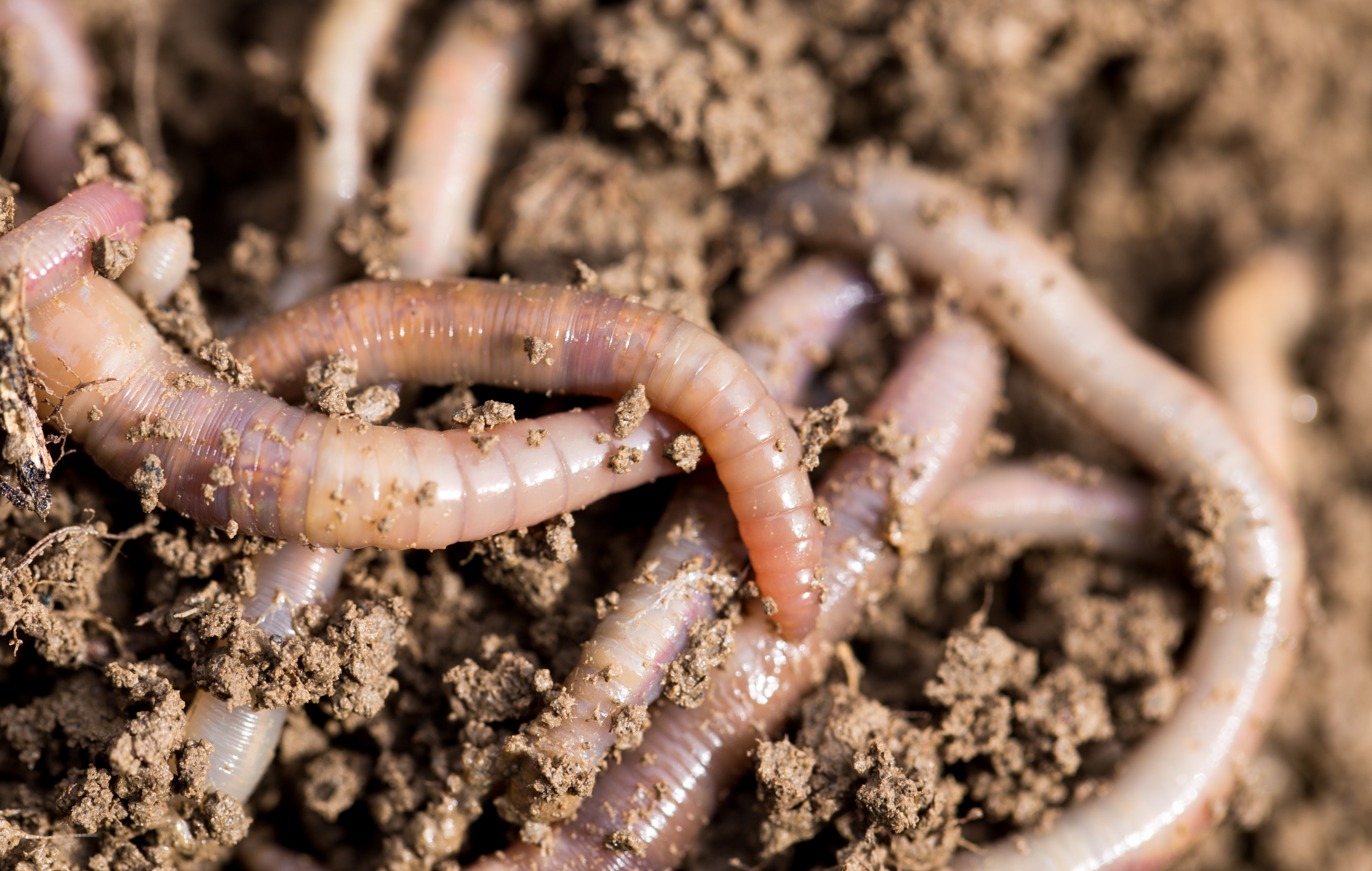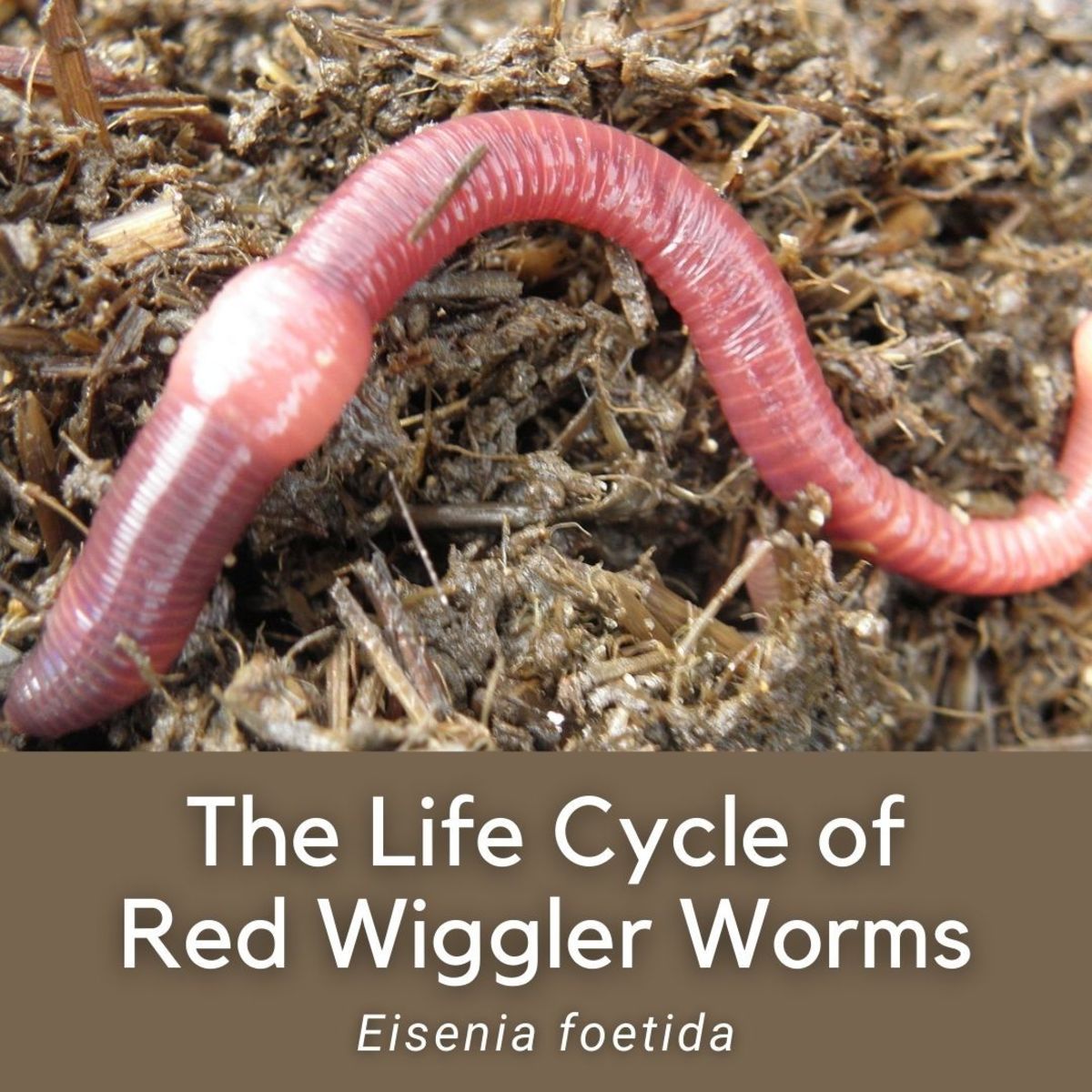Red Wiggler Worms - Natural Remedy for Eco-friendly Composting
Red Wiggler Worms Demystified: Unlocking the Tricks of Vermiculture for Greener Living and Nutrient-Rich Dirt
In the world of sustainable practices for enriching soil top quality and advertising eco-conscious living, red wiggler worms play a crucial yet usually neglected role. These humble animals possess the impressive ability to transform natural waste into nutrient-rich castings that serve as a potent all-natural plant food. By diving into the globe of vermiculture, one can discover a myriad of benefits that extend much beyond standard composting approaches. Recognizing the complexities of taking care of these worms, enhancing their atmosphere, and utilizing their castings can cause a greener way of life and much healthier soil for plants to flourish.
The Function of Red Wiggler Worms
Red Wiggler worms play a vital duty in composting systems by effectively breaking down organic matter right into nutrient-rich spreadings. These ravenous eaters eat a selection of natural materials, such as kitchen area scraps, yard waste, and paper products. As they feed, the worms' digestive procedures break down the raw material into a penalty, dark, and nutrient-dense material referred to as worm spreadings or vermicompost.
The castings generated by Red Wiggler worms are extremely useful for soil wellness and plant growth. They are abundant in necessary nutrients like phosphorus, nitrogen, and potassium, which are vital for sustaining healthy plant growth. Additionally, worm castings have useful germs and enzymes that assist boost soil framework, increase water retention, and improve nutrient uptake by plants.
Advantages of Vermicomposting

Moreover, vermicompost, the nutrient-rich final product of vermicomposting, acts as an outstanding natural plant food and dirt conditioner. It improves soil structure, boosts dirt oygenation, and raises dirt dampness retention. These properties add to healthier plants with stronger origin systems and much better resistance to diseases and parasites. Vermicompost likewise improves the soil with important nutrients like phosphorus, potassium, and nitrogen, advertising plant growth and total soil fertility.
Additionally, vermicomposting assistances lasting gardening methods by giving a chemical-free and all-natural alternative to artificial plant foods. Red Wiggler Worms. This eco-friendly approach not only enhances the dirt yet also helps in reducing dependence on hazardous chemicals, advertising a greener and extra sustainable method of horticulture
Setting Up a Worm Bin
When establishing a worm container for vermicomposting, correct configuration is vital to make certain the success of the composting procedure. The very first action in setting up a worm container is selecting a suitable container.
After including the bed linen, introduce the red wiggler worms to the bin. It is advised to begin with a small number of worms and gradually raise as they multiply. The worms need to after that be supplied with food scraps such as vegetables and fruit peels, coffee look at this site grounds, and eggshells. It is important to prevent including meat, dairy products, oily, or salty foods to stop attracting parasites and producing unpleasant smells.
Regularly monitor the wetness degrees and temperature level in the worm bin to ensure optimum problems for the worms. With proper arrangement and maintenance, the worm container will successfully convert organic waste right into nutrient-rich compost for your plants and garden.
Gathering Worm Spreadings
To successfully collect nutrient-rich worm spreadings from your vermicomposting system, an organized harvesting method is essential. There are a few crucial steps to comply with to ensure an effective procedure when it comes time to harvest the worm castings. First of all, quit adding fresh food scraps to one side of the worm bin for a number of weeks before collecting. This motivates the worms to move sideways with fresh bed linens and food, making it easier to scoop out the castings from the opposite side.

Troubleshooting Common Issues
Identifying and resolving find more typical challenges that might emerge during the vermicomposting procedure is crucial for maintaining a productive and healthy and balanced worm container. Adding excess food scraps can lead to a build-up of wetness and acidity in the worm bin, potentially harming the worms. One more issue is unpleasant odors rising from the worm container.
In addition, if the worm populace is declining or the worms appear unhealthy, maybe due to ecological stress factors such as severe temperatures or pH levels. Keeping track of these factors and making necessary changes is essential for the health of the worms. By repairing these typical issues promptly, vermicomposters can make certain a effective and smooth vermicomposting procedure while keeping a growing worm population.

Conclusion
In final thought, red wiggler worms play a critical role in vermiculture by breaking down organic matter into nutrient-rich soil. Establishing up a worm bin is important for successful vermiculture, and harvesting worm castings offers important compost for gardening.
As they feed, the worms' gastrointestinal processes break down the organic matter right into a penalty, dark, and nutrient-dense material recognized as worm castings or vermicompost.
The castings generated by Red Wiggler worms are highly beneficial for soil health and plant development. Adding excess food scraps can lead to an accumulation of dampness and level of acidity in the worm container, possibly hurting the worms.In addition, if the worm population is decreasing or the worms appear unhealthy, it can be due to environmental stressors such as extreme temperatures or pH degrees. Setting up a worm container is necessary for effective vermiculture, and harvesting worm castings offers useful garden official website compost for gardening.